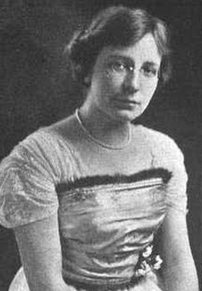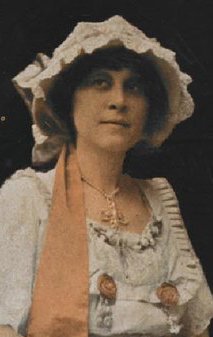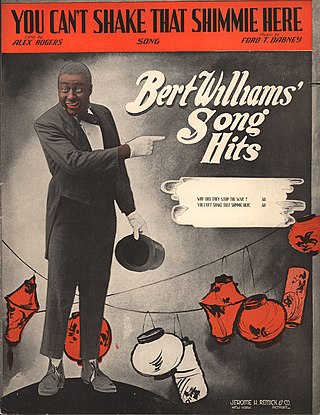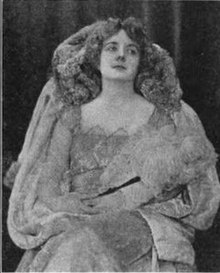
"Stardust" is a jazz song composed by American singer, songwriter and musician Hoagy Carmichael with lyrics by Mitchell Parish. Now considered a standard and part of the Great American Songbook, the song has been recorded over 1,500 times either as an instrumental or vocal track, featuring different performers. During his time attending Indiana University, Carmichael developed a taste for jazz. He formed his own band and played at local events in Indiana and Ohio. Following his graduation, Carmichael moved to Florida to work for a law firm. He left the law sector and returned to Indiana, after learning of the success of one of his compositions. In 1927, after leaving a local university hangout, Carmichael started to whistle a tune that he later developed further. When composing the song, he was inspired by the end of one of his love affairs, and on the suggestion of a university classmate, he decided on its title. The same year, Carmichael recorded an instrumental version of the song for Gennett Records.
William "Tell" Taylor (aka TellienéTell Roberts;. Tell was born October 28, 1876 to Clarinda Jane Roberts and John Asbury Taylor, on a farm near the Village of Vanlue, Amanda Township, Hancock County, Ohio. He was an American traveling vaudeville performer, tenor vocalist, playwright, music publisher, composer, and lyricist who had written over 200 popular songs. His biggest hit was "Down by the Old Mill Stream" from 1910, one of the most commercially successful Tin Pan Alley publications of the era. The song was published by Tell Taylor, Inc., which he had co-founded in 1907. Taylor performed vaudeville theaters and founded a Chicago music publishing house bearing his name. His other notable songs include "He Sleeps Beneath the Soil of France," "I Love You Best of All," "If Dreams Come True," "Little Old Home in the Valley," "Rock Me to Sleep in the Old Rocking Chair," "Some Day," and "When the Maple Leaves Were Falling." Taylor also wrote the Broadway comedies Tiger Lillee and In New York Town.

Lyons and Yosco were an American comedy duo, consisting of Italian American musicians George Lyons and Bob Yosco. They were defined by the Ottawa Evening Journal "the finest pair of Italian street musicians playing in the Vaudeville ranks." They toured the United States from 1909 into 1923, doing a musical and comedy act. The News Journal described their performance, saying they were "the best vocalists and instrumentalists of the street variety on the stage, proved intensely interesting, while their droll comedy kept the audience laughing much of the time."

Florence Parr Gere was a Canadian-born American pianist and composer.

The Gorman Brothers, Billy and Eddie Gorman, were a pair of vaudevillian entertainers and songwriters from Chicago, who performed across the United States and Canada from the early 1910s to the early 1930s. The Gormans expanded their act to radio, doing weekly broadcasts in the late 1920s. The brothers used local news stories to create songs for their act. During their show-business career, Billy and Eddie Gorman also contributed music and lyrics to several published and recorded songs.

Mayme Gehrue was an American actress and dancer in musical theatre, vaudeville, and silent film.

Mae Doelling Schmidt was an American virtuoso pianist, composer, clubwoman, and music educator from Chicago. She was on the faculty of the American Conservatory of Music.

Coyla May Spring was an American dramatic reader, singer, and pianist, on the Chautauqua circuit and the lyceum platform.

Henriette Blanke-Belcher, also known as Henrietta Blanke-Belcher and later as Henriette B. Melson, was an American composer of popular music, especially waltzes and ragtime tunes.

Fleta Jan Brown Spencer was an American songwriter, composer, pianist, and singer.

Effie F. Kamman (1868-1933) was an American composer, pianist, music teacher, and vaudeville performer. She was known for composing "The Dance of the Brownies" (1893), a popular tune inspired by the children's books by Palmer Cox.

Ford Thompson Dabney was an American ragtime pianist, composer, songwriter, and acclaimed director of bands and orchestras for Broadway musical theater, revues, vaudeville, and early recordings. Additionally, for two years in Washington, from 1910 to 1912, he was proprietor of a theater that featured vaudeville, musical revues, and silent film. Dabney is best known as composer and lyricist of the 1910 song "That's Why They Call Me Shine," which for eleven point three decades, through 2022, has endured as a jazz standard. As of 2020, in the jazz genre, "Shine" has been recorded 646 times Dabney and one of his chief collaborators, James Reese Europe (1880–1919), were transitional figures in the prehistory of jazz that evolved from ragtime and blues — and grew into stride, boogie-woogie, and other next levels in jazz. Their 1914 composition, "Castle Walk" – recorded February 10, 1914, by Europe's Society Orchestra with Dabney at the piano – is one of the earliest recordings of jazz.

Anton Lada was a ragtime, jazz and dance musician. He was a drummer. He played with and was the manager of the Louisiana Five. He recorded on Columbia Records and toured. He performed for dancing and vaudeville shows and made a series of recordings for Emerson Records, Edison Records, and Columbia Records.
Percy Huntley Trevor was an English songwriter. Generally known as Huntley Trevor, he sometimes published music under the pseudonyms Raymond Wallace, Chester Wallace, and Slade Williams.

Hanna van Vollenhoven Vories was a Dutch composer and pianist who later moved to America. She is best remembered today for composing and performing music for player piano rolls. Her music was published under the name "Hanna Vollenhoven."
Florence Turner-Maley was an American composer, singer, and teacher.

Madelyn Sheppard was an American pianist, singer, and composer from Selma, Alabama. She frequently collaborated with lyricist Annelu Burns on spirituals and blues songs, including creating music for the theater and film industries. She composed the score for the 1922 Broadway musical, Just Because, which "may well have been the first full-length Broadway musical authored entirely by women", according to the Library of Congress.

Grace Adele Freebey was an American pianist, music teacher, and composer, based in Los Angeles.
Kathryn Lande Selmer Brown was an American composer and singer who was best known for her compositions and performances for children, which include three operas, many songs, and appearances on television, including as co-host of the television show Birthday House. She performed and published her music under the name Kay Lande.















